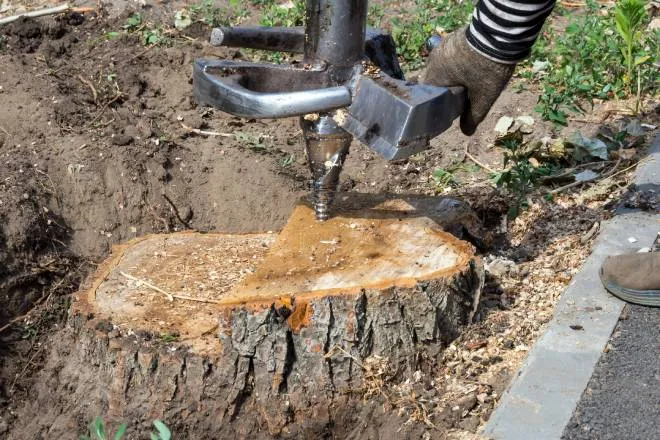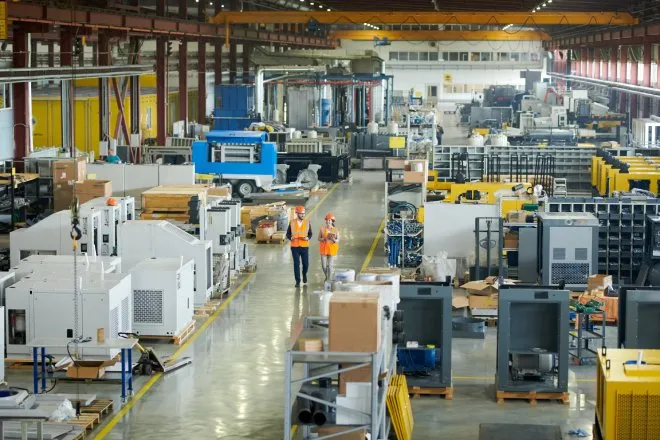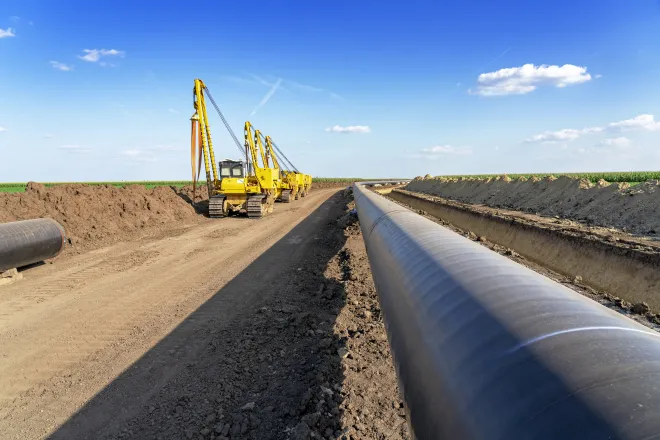
Emergency Response Strategies in Warehouses
©
Warehouses are the backbone of supply chains, where businesses store, process, and ship goods. However, the fast-paced and dynamic environment can pose various safety risks if emergencies aren’t handled correctly.
Emergency preparedness becomes a critical priority to protect employees and inventory while minimizing operational disruptions. This article outlines a few emergency response strategies in warehouses and why taking such measures matters.
Develop a Comprehensive Emergency Action Plan
Preparedness starts with a solid plan. A comprehensive Emergency Action Plan (EAP) identifies all potential emergencies, from fires and chemical spills to natural disasters and equipment malfunctions. The EAP must outline step-by-step procedures for evacuation, containment, and recovery.
The EAP should also clearly define roles and responsibilities of team members, which creates accountability and ensures tasks are executed efficiently during an emergency. Additionally, mapping out emergency exits and highlighting assembly points on a visible site map enhances safety.
Conduct Regular Training and Drills
Writing down procedures is only the first step. Employees need thorough and ongoing training to respond appropriately to emergencies. Conducting regular drills ensures they understand the EAP and can act swiftly under pressure. Simulation exercises, including fire drills or spill containment response, strengthen employees’ ability to follow proper protocols without hesitation.
Encourage employees to ask questions about procedures during training sessions. Making this an interactive and hands-on process significantly reduces panic during actual emergencies. Organizations where employees receive regular safety training are up to 20 percent less likely to face safety violations, further proving the long-term benefits of consistency.
Install and Maintain Safety Equipment
An emergency scenario is no time to discover that essential equipment isn’t working. Safety tools like fire extinguishers, emergency lighting, smoke detectors, and spill kits must be functional and accessible. Routine checks and preventive maintenance are essential to ensure this equipment works when needed most.
Another vital aspect is leveraging technological advancements for safety. Real-time monitoring is crucial for warehouse safety as it enables swift detection of hazards, such as temperature fluctuations or gas leaks. Digital monitoring tools provide alerts in real-time, which allows proactive responses before these risks escalate into emergencies. Warehouses that integrate smart safety tools experience fewer accidents and reduced response times.
Establish Clear Communication Protocols
The ability to communicate during an emergency is often the difference between chaos and control. Warehouses should implement clear and efficient communication protocols that work across multiple channels. Employees should know precisely how to alert the team about emergencies, report concerns, and receive updates.
For instance, equipping teams with two-way radios, intercom systems, or smartphone apps ensures messages are relayed instantly, even in noisy environments. Additionally, setting up emergency group messaging for urgent updates or instructions keeps everyone informed.
Prioritize First Aid and Medical Response
Emergencies often carry the risk of injury, and fast medical attention can save lives. Having trained first aid responders on-site ensures that injured individuals receive immediate care while waiting for professional medical assistance to arrive. Strategically place first aid kits stocked with essential supplies, such as bandages, antiseptics, and burn ointments, throughout the warehouse.
Emergencies are unpredictable, but a proactive response can minimize their impact on lives and operations. Developing a comprehensive plan and conducting comprehension training before and during an EAP plan will keep warehouse staff and goods secure. Use these emergency response strategies in your warehouse for a safe environment.

















